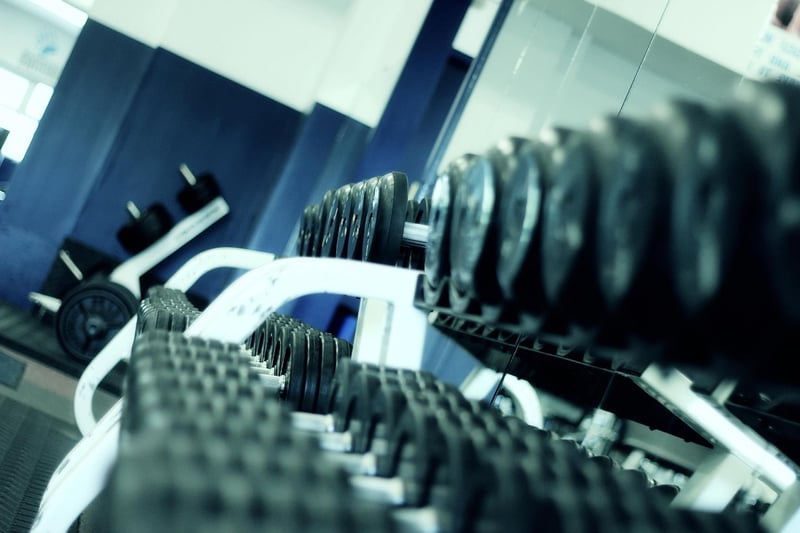Reformer Classes
The Importance of Core Stability and Control in Reformer Classes

Reformer classes are a popular form of exercise that combines elements of strength training, flexibility, and balance. One key component of these classes is the focus on core stability and control, which plays a crucial role in enhancing overall fitness and performance.
What is Core Stability?
Core stability refers to the ability to control and support the movements of the trunk and pelvis. A strong and stable core provides a solid foundation for all other movements in the body, making it essential for everyday activities and sports performance.
The Benefits of Core Stability and Control
- Improved posture and alignment
- Reduced risk of injury
- Enhanced balance and stability
- Increased strength and power
- Better overall movement efficiency
Core Exercises in Reformer Classes
Reformer classes often incorporate a variety of exercises that target the core muscles, including the abdominals, obliques, and lower back. These exercises are performed on a specialized piece of equipment called a reformer, which provides resistance to challenge and strengthen the core muscles.

Tips for Improving Core Stability
- Focus on proper form and alignment during exercises
- Engage the core muscles by drawing the navel towards the spine
- Breathe deeply and consistently throughout each movement
- Gradually increase the intensity of your core exercises over time
- Be mindful of your body and avoid straining or overworking the core muscles
By prioritizing core stability and control in your reformer classes, you can unlock a host of benefits that extend beyond the studio. A strong core not only improves your physical performance but also enhances your overall well-being.
So next time you hit the reformer, remember to engage your core, focus on control, and reap the rewards of a stable and powerful center!
